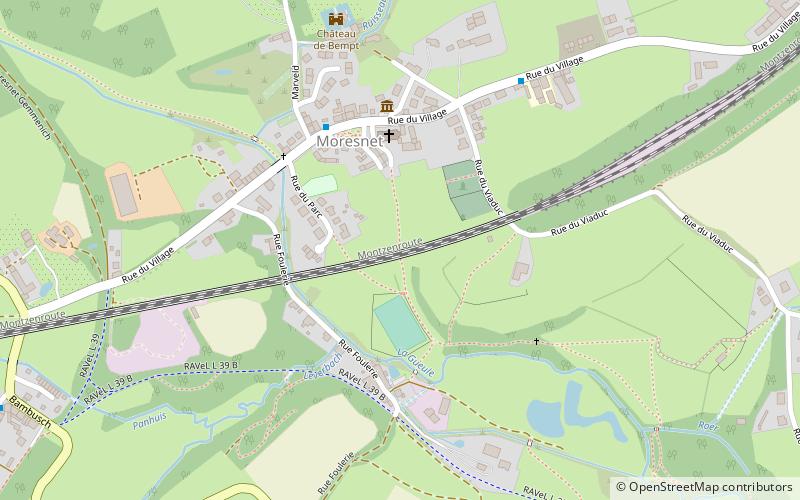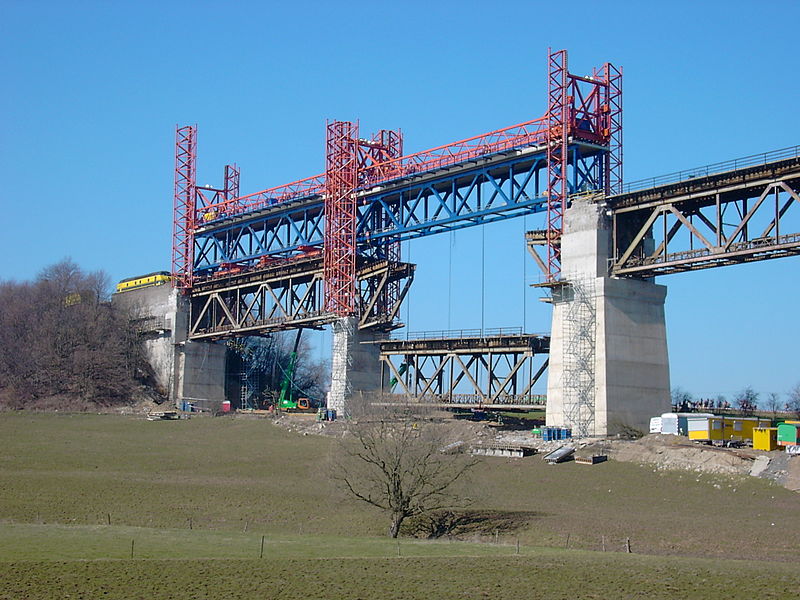Viaduct of Moresnet


Facts and practical information
The Viaduct of Moresnet, located in Belgium, is an impressive feat of engineering and a significant historical landmark. This bridge, which spans the valley of the River Gueule, was originally constructed between 1914 and 1917. It stands as a testament to early 20th-century bridge design and engineering prowess.
With its grand arches and sturdy construction, the Viaduct of Moresnet was designed to facilitate railway transport across the challenging terrain. The bridge's strategic importance was underscored during both World Wars, when it served as a critical supply route for troops and materials. Despite the area's turbulent history, the viaduct has endured, remaining a functional piece of infrastructure as well as a symbol of resilience and continuity.
At present, the Viaduct of Moresnet is not only a vital railway bridge but also a popular attraction for tourists and engineering enthusiasts. Visitors are often struck by the sheer size and the architectural elegance of the structure. The bridge's robust metal framework and the panoramic views it offers of the surrounding landscape make it a unique and memorable destination.
Wallonie
Viaduct of Moresnet – popular in the area (distance from the attraction)
Nearby attractions include: Henri-Chapelle American Cemetery and Memorial, Hammer Bridge, Emmaburg / Eyneburg, Plombières.








